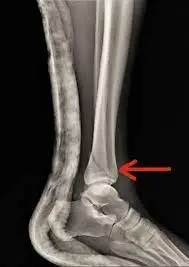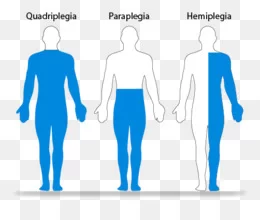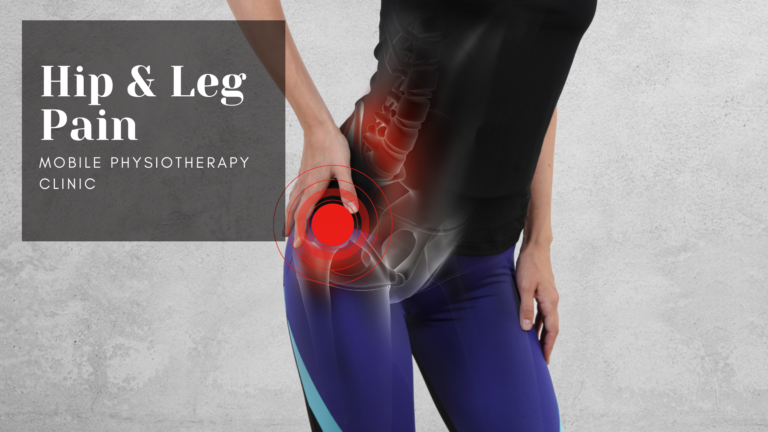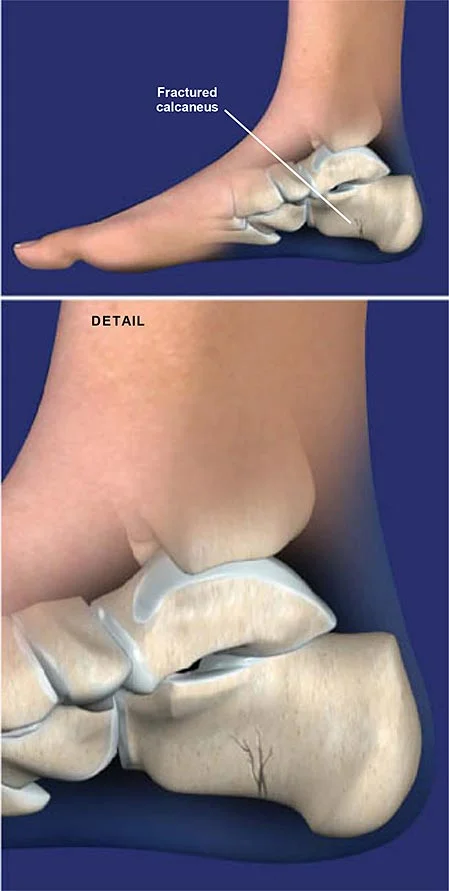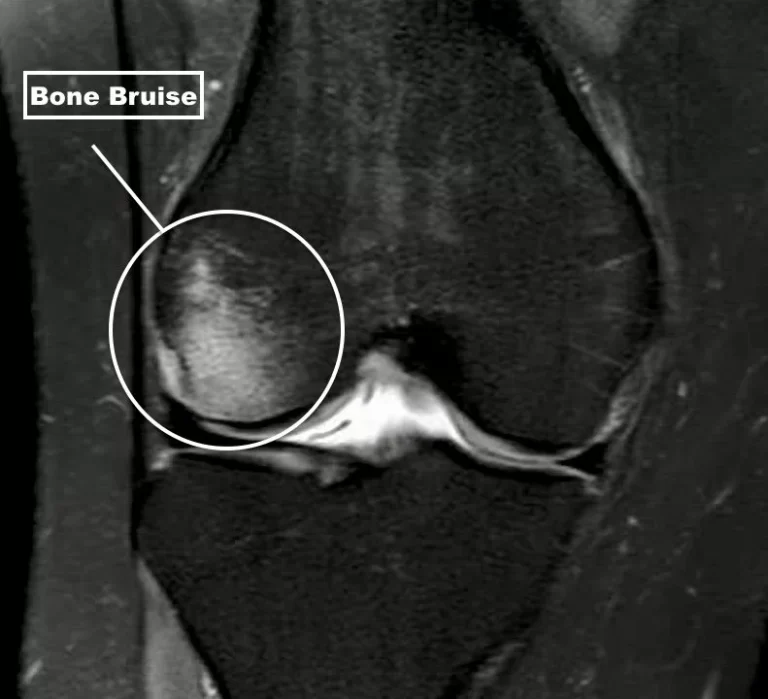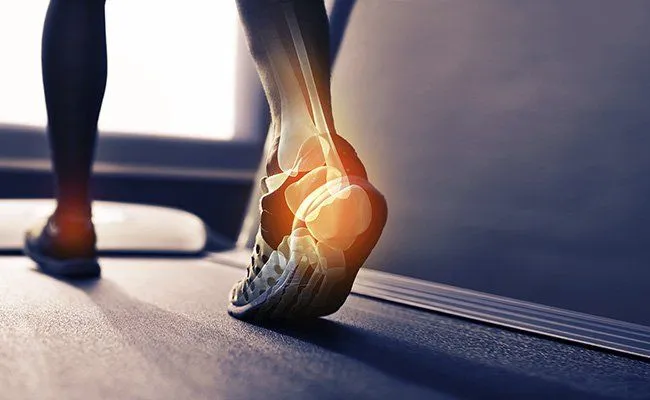Hairline Fracture of the Ankle
What is a Hairline Fracture of the Ankle?
- A hairline fracture of the Ankle, often known as a “stress” fracture, is a tiny crack or bruise that occurs within the Ankle bones that comprise your ankle joint.
- Hairline fractures of the ankle usually happen where the talus joins the end(s) of your leg bones to form the ankle joint.
- Usually the result of an injury, a hairline fracture can produce swelling and pain. Ice applications to the afflicted area may be part of the treatment
- Usually the result of an injury, a hairline fracture can produce swelling and pain. Ice applications to the afflicted area may be part of the treatment.
- A hairline fracture is a tiny break or deep bruising inside a bone. It is sometimes referred to as a stress fracture. Athletes are most likely to sustain this injury, particularly those who participate in sprinting and jumping sports. Hairline fractures can also occur in individuals with osteoporosis
- Overuse or repetitive activities that gradually cause microscopic damage to the bone are common causes of hairline fractures. One of the main contributing factors to the likelihood of this injury is frequently not giving yourself enough time to recover between activities.
- Hairline fractures are most common in the bones of the leg and foot. These bones are heavy-stress absorbers.
Types of Hairline Fractures of Ankle
- Usually affecting weight-bearing bones in the lower body are stress fractures. When you stand or move, the weight of your body is supported by these bones. A stress fracture is most likely to occur in your:
- your tibia and fibula, or lower leg.
- foot, in particular the metatarsals, which join your heel and ankle to your toes.
- The heel (calcaneus).
- Stress fractures can also harm the bones in your: but they are less prevalent.
- Lumbree (lower back).
- hips.
- wrists and hand
Symptoms
The most common indications of a stress fracture are as follows:
- discomfort that worsens and begins while exercising.
- discomfort that remains after ceasing activities.
- Pain that is more apparent while you are at rest.
- tenderness on or around the affected Bone
- swelling.
What causes a hairline fracture?
- Repetitive motion or overuse are the main causes of hairline fractures. A hairline fracture may occur from increasing the activity’s duration or frequency.
- This implies that abruptly increasing your weekly running mileage or frequency, even if you are accustomed to running, may result in this injury.
- Altering the kind of exercise you perform is another similar cause of a hairline fracture. For instance, even if you’re in wonderful form, you could still get hurt if you suddenly start a demanding exercise like jogging after being a great swimmer.
- When bones undergo a variety of actions that result in higher stresses being applied to them, new bone forms to replace the old.
- Overuse injuries nearly always result in stress fractures. This indicates that they develop when a bone experiences excessive pressure or when it is not given enough time to heal following physical exercise.
- When you make a repetitive motion (such as practicing a sport or doing the same kind of movement all day at work), stress fractures typically develop gradually over time.
- Stress reactions, as medical professionals refer to this inflammation on a bone’s surface, are the precursors of stress fractures.
- Deep bone bruises are similar to stress reactions. Your bone may break and develop a stress fracture if pressure is applied to the same area repeatedly before the stress reaction has a chance to heal.
- Over time, the bruise will progressively penetrate further into the bone, weakening it to the point where breaks. A stress fracture then develops from a stress reaction.
- The following are a few of the most typical causes of stress fractures:
- exercising or training too frequently without adequate rest.
- Taking up a new sport or physical activity without the necessary instruction, gear, or training.
- Quickly increasing the intensity of your exercises, training, or other physical activity.
- transferring your training or work surface (e.g., moving from indoor track running to road running, or taking a job requiring you to stand on concrete or other hard surfaces).
- operating or teaching without the required tools.
- Developing a precocious interest in a single sport (young athletes who participate in the same sport continuously without a seasonal pause are at a higher risk of stress fractures than athletes who play a variety of sports.
Who is most susceptible to getting a hairline fracture?
Additionally, certain risk factors raise the possibility of a hairline fracture:
- Certain sports: There is a higher risk of hairline fractures for athletes who participate in high-impact sports including track and field, basketball, tennis, dance, ballet, long-distance running, and gymnastics.
- Sex: Hairline fractures are more common in women, particularly in those who do not menstruate. In actuality, a disorder known as the “female athlete triad” may put female athletes at higher risk. Here’s where eating disorders, irregular menstruation, and early osteoporosis can arise from severe dieting and exercise regimens. The likelihood of injury for female athletes increases when this happens.
- Foot issues: Wearing uncomfortable shoes can lead to accidents. Flat feet, stiff arches, or high arches can all do this.
Weakened bones: Even when engaging in regular, everyday activities, diseases like osteoporosis or drugs that impact bone density and strength might result in hairline fractures. - Prior hairline fractures: The likelihood of sustaining another hairline fracture rises with prior experience.
- Nutritional deficiencies: Your bones are more prone to breaking if you don’t get enough calcium or vitamin D. Furthermore since you might not be getting enough vitamin D throughout the winter, there may be an increased chance of this damage.
- Poor form: Blisters, bunions, and tendinitis can change your gait and the bones that are affected by different exercises.
- Surface modification: Modifications to playing surfaces may result in excessive strain on the foot and legs. A tennis player might get hurt, for instance, if they go from a grass court to a hard court.
- Inadequate footwear: Wearing uncomfortable running shoes increases your risk of suffering a hairline fracture.
Diagnosis
- You must see your doctor right away if you think you may have a little fracture.
- Your general health and medical history will be questioned by your physician. Inquiries concerning your medication schedule, nutrition, and other risk factors will also be made. After that, they might conduct several tests, such as:
Physical examination
- The sore area will be examined by your doctor. Most likely, they’ll apply light pressure to see if it hurts. Your doctor’s diagnosis of a hairline fracture is typically made possible by the patient’s pain response to pressure.
- MRI: An MRI is the most effective imaging technique for identifying hairline fractures. This test creates images of your bones using radio waves and magnets. An MRI can identify a fracture earlier than an X-ray. It will also perform better in identifying the kind of fracture.
- X-ray: Immediately following an injury, hairline fractures frequently don’t show up on these images. A callus that has developed around the healing area many weeks following the incident may reveal the fracture.
- Bone scan: A tiny amount of radioactive material is injected into a vein during a bone scan. This material builds up in the places where bones are healing. However, this test won’t establish there is a hairline fracture because it will just show an enhanced blood supply to a specific place. Although other illnesses might generate an abnormal bone scan, it is suggestive rather than definitive of a hairline fracture.
Treatment of Hairline Fracture of the Ankle
Medical treatments
- To avoid putting too much weight on an injured foot or leg, your doctor might advise you to use crutches. A cast or safety shoes are other options.
- It’s crucial to alter your activities during the six to eight weeks that it typically takes for a hairline fracture to fully heal. Swimming and cycling are excellent substitutes for higher-impact workouts.
- Surgery may be necessary for certain hairline fractures, in which the addition of a fastener—such as pins or screws—is used to support the broken bones and keep them together while they heal.
- High-impact activities should be avoided while the body heals. Resuming high-impact activities, particularly the ones that initially resulted in the injury, may not only postpone recovery but also raise the possibility of a total fracture.
- When pain is intolerable, analgesics are also prescribed. Patients with hairline fractures should see physical therapists so that non-weight-bearing strengthening exercises, such as swimming, can be recommended.
- Fortunately, hairline fractures can heal on their own with just two weeks of rest, rarely requiring surgery. Nevertheless, if the fractures are not treated medically, the injury may potentially get worse.
Surgery
- Surgery might be necessary in rare instances for a hairline ankle fracture. To keep the bones in place while the ankle heals, surgical methods for a hairline ankle fracture may entail the implantation of screws, plates, or other hardware.
- Using a portion of bone from another area of the body to replace the space left by the fracture to aid in healing and strength restoration is known as a bone transplant.
Physiotherapy treatment
- Weight-Bearing modification.
- The bone heals more quickly when it is rested. Casts, splints, or braces must be used to immobilize the affected area. Throughout the healing process, it offers stability and restricts movement.
- Depending on where the hairline fracture is located, limit or completely avoid weight-bearing activities. It is advised to use crutches or other assistive equipment to lessen the strain on the bone as it heals.
- Recuperation activities.
- When recuperation begins, a medical practitioner recommends a certain rehabilitation exercise. It improves the strength, range of motion, and flexibility of the injured area. Physical therapy is helpful while recovering from an injury.
- For about a month and a half, the primary treatment for hairline fractures is to avoid activities that could aggravate the condition. The patient can gradually resume his regular activities once the little fissures in the bone have healed.
- When excruciating pain is felt, the injured part needs to be restrained and braced or cast to immobilize it. Walking crutches and supportive orthotics are examples of shoe inserts that may be suggested, but only in cases when the patient’s ability to move normally is already compromised.
- Your ankle injury healing and rehabilitation are greatly aided by physical therapy. You can strengthen the muscles surrounding your ankles with stretches, exercises, and other methods that your physical therapist can teach you.
- Physical therapy works on your strength, flexibility, balance, and coordination to increase your mobility in that region.
Home treatment
- A hairline fracture can lead the bone to break completely if you ignore the discomfort it is causing. Whole breaks will require more involved treatment plans and a lengthier healing period.
- Seeking medical assistance from your physician is crucial, as is receiving prompt treatment for a hairline fracture.
- If you suspect you have a hairline fracture, there are several first-aid treatments you can perform before you go to the doctor.
- The acronym for the RICE approach is Elevation, Compression, Ice, and Rest. A crucial component of recuperation and healing is rest.
- Giving the injured ankle some rest will help the bone to mend. It might also be necessary for you to utilize a walker or crutches to prevent overusing the injured foot. Ice applied to the ankle might aid in the reduction of inflammation and swelling.
- To aid with the pain, ice can also temporarily numb the area. Compression is the process of applying an elastic bandage to the ankle, which helps to minimize edema. Ankle elevation above the level of the heart can also aid in the reduction of swelling.
- Relax
- Ice
- Compression
- Raising
- To relieve pain and inflammation, you can also take over-the-counter painkillers, such as non-steroidal anti-inflammatory medicines.
- In certain situations, your doctor could recommend taking medicine to relieve your discomfort. Non-invasive therapies like chiropractic adjustments can also aid in the management of pain.
- Pain and swelling can be relieved using nonsteroidal anti-inflammatory medicines (NSAIDs), such as aspirin (Bayer) and ibuprofen (Advil, Motrin).
- If the pain worsens or doesn’t go away with rest, it’s critical to see your doctor for additional care. The location and severity of your injury will determine how your doctor treats you.
NSAIDs can be bought here. - Resting the affected area is crucial if you are diagnosed with a hairline fracture since it will allow the fracture to heal.
- Keep the region elevated and apply ice to decrease edema for the first 24 to 48 hours. You can progressively resume weight-bearing activities after about two weeks.
- To lessen the amount of strain on the damaged area, your doctor could advise using crutches or a splint.
- Exercises that do not need weight bearing, like cycling or swimming, can be very beneficial as they promote healing without exacerbating the injury.
Prevention
- Sports, jogging, and other forms of exercise are common causes of stress fractures in the foot and ankle. By following these precautions, you can shield your foot from fractures and other injuries:
- Stretch and warm up before working out.
- For the type of workout or sport you are participating in, choose appropriate footwear.
- Running shoes should be replaced every 300–400 miles, while athletic shoes should be replaced annually.
- On uneven terrain, avoid running or walking.
- Don’t overdo it on the exercise and take breaks.
Prognosis
- To make sure everything is mending, your doctor could suggest getting another X-ray before letting you resume your prior activities.
- Exercise should be progressively resumed even after the hairline fracture heals.
- Rarely, hairline fractures may not heal completely. Chronic, persistent pain is the effect of this. Consult your physician to avoid discomfort and exacerbation of injuries.
Summary
A hairline fracture, often known as a “stress” fracture, is a tiny crack or bruise that occurs within the bones that comprise your ankle joint. Hairline fractures of the ankle usually happen where the talus joins the end(s) of your leg bones to form the ankle joint.
FAQ
Can you walk with a hairline fracture in the ankle?
Frequent stress on the fracture site may exacerbate the fissures and damage the bone even more. Walking is not advised by doctors if you have a stress fracture since it could reopen the partially healed fracture and force you to start the healing process over.
Can hairline fractures heal on their own?
Exercises that do not need weight bearing, like cycling or swimming, can be very beneficial as they promote healing without exacerbating the injury. Usually, hairline fractures take six to eight weeks to fully heal. In rare instances, if it doesn’t cure on its own, you might require surgery.
Does hairline fracture swell?
A hairline fracture is characterized by localized discomfort that eventually gets very bad. If you have pain that gets worse while you exercise but goes away when you rest, you might want to see an orthopedic expert. Additionally, the afflicted area could seem bloated and feel sensitive.
How can I tell whether the fracture is getting better?
A reduction in pain and an increase in mobility are frequently indicators that a broken bone is healing. Even though the improvement might not be steady, every week ought to be better than the last. However, there may be less obvious indicators that your broken bone is not mending properly.
References
- Adcox, M. (2023, April 19). Hairline (Stress) Fracture. Healthline. https://www.healthline.com/health/hairline-fracture#diagnosis
- Stress Fractures Foot Ankle | Orthopedics Sports Medicine. (n.d.). Intermountain Healthcare. https://intermountainhealthcare.org/medical-specialties/orthopedics-sports-medicine/conditions/stress-fractures-foot-ankle
- Professional, C. C. M. (n.d.). Stress Fractures. Cleveland Clinic. https://my.clevelandclinic.org/health/diseases/15841-stress-fractures
- PharmD, S. Y. (2023, July 27). What is a Hairline Fracture and How to Treat It? – BuzzRx. Buzzrx.com. https://www.buzzrx.com/blog/what-is-a-hairline-fracture-and-how-to-treat-it
- A. (2023, January 18). How to Deal with a Hairline Ankle Fracture? Chiropractor Jonesboro AICA. https://chiropractorjonesboro.com/how-to-deal-with-a-hairline-ankle-fracture/
- Care, I. M. (2022, June 24). Can You Walk on a Hairline Ankle Fracture? | Island Musculoskeletal Care MD, PC. Island Musculoskeletal Care MD, PC. https://www.1888bonedoc.net/posts/can-you-walk-on-a-hairline-ankle-fracture#:~:text=What%20is%20a%20hairline%20ankle,to%20form%20the%20ankle%20joint.

